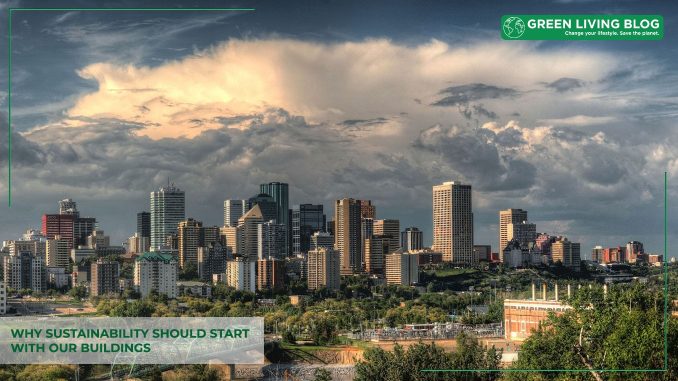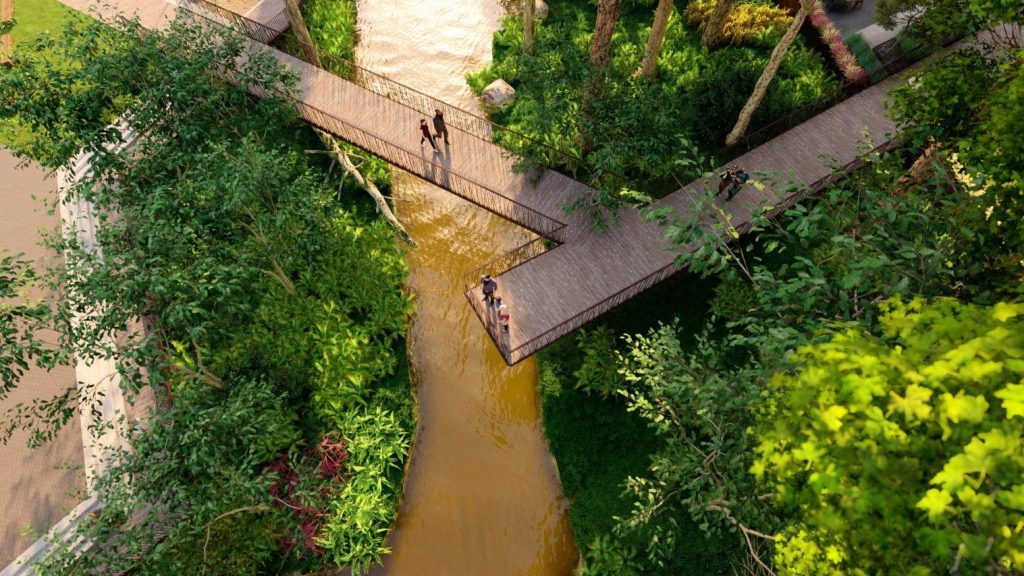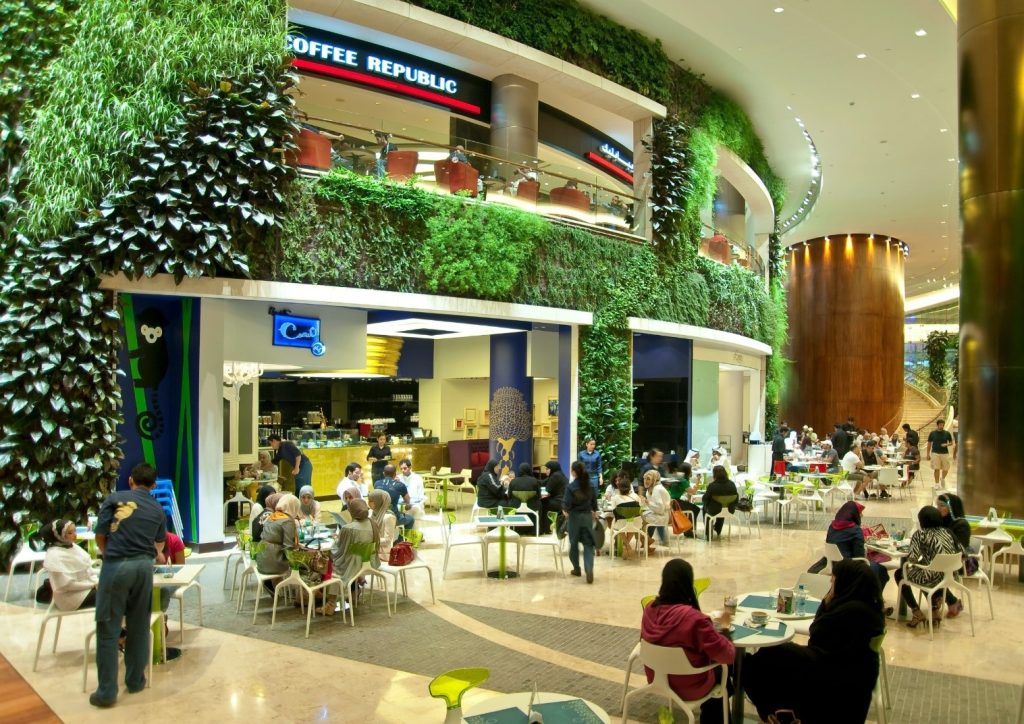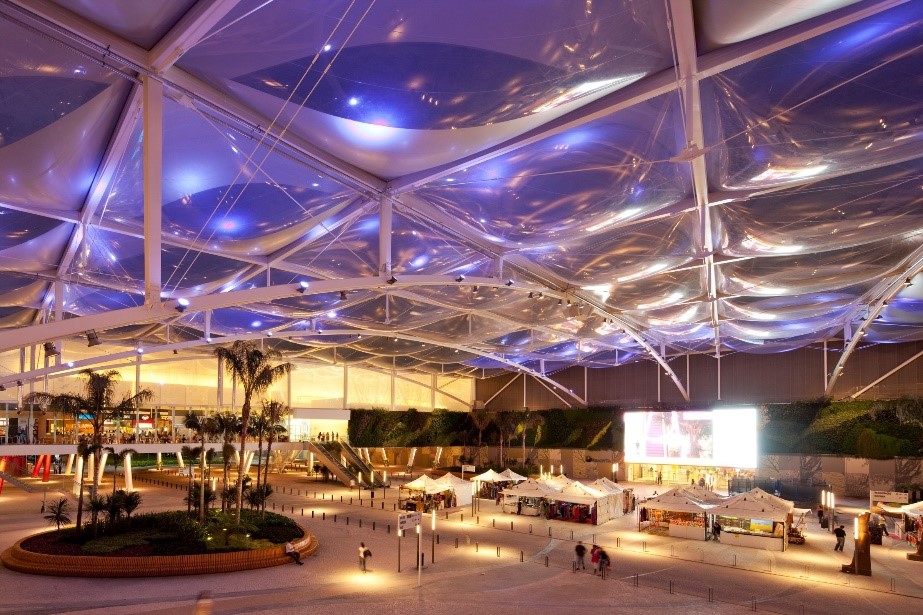
By Jan Maurits-Loecke, Associate Principal at global architecture, planning, and design firm, CallisonRTKL (CRTKL).
The built environment continues to be a significant culprit in the climate crisis with buildings being responsible for 40% of greenhouse gas emissions. With that in mind, it is crucial that the entire industry, including architects and designers, start with our homes and buildings in the plight to be greener.
At CallisonRTKL, we have made it our commitment to people, the planet, and positive design that both the construction of new builds and re-purposing of older buildings are done so with sustainability being the driving force.
Since 2020, we have been climate neutral in our operations and have made a commitment to track our carbon footprint, reducing emissions and offsetting the remainder of our emissions. We understand the urgency of our actions, and our annual Sustainability Report ‘Shaping a Better World’ highlights how we pledge to do even more by committing to climate-neutral projects by 2029, one year ahead of the mainstream agenda. This means climate-positive projects by 2030 and including materials by 2040.
Here we look at some of the ways buildings can be made more sustainable:
1. Research into climate change from the outset
Advanced digital technology and research groups are important from the outset. Developing and using our own technology, such as CLIMATESCOUT, that understands climate in a particular location, helps us to design buildings accordingly. Our research from the outset looks at reducing environmental impact and moving towards restorative and regenerative systems by working with nature to increase efficiency and harness renewable energy. Using advanced simulation tools, our designers can have a better understanding of environmental impacts.

In North Hills East, America, we adapted natural systems to guide the mixed-use development using the ecological surroundings of a creek corridor.
2. Good health and well-being with biophilia design
Using biophilia in our designs promotes well-being by bringing the outdoors in. Efforts to extend green into the built environment take many shapes and forms, whether those be in residential, hospitality, retail, or office spaces.
Designing a place that includes locally sourced trees and plant species, possibly water features if climatically sensible, and semi-open humanized and diverse spaces with as much natural light as possible can create an environment that delivers the kind of psychologically soothing and calming effects of nature. While good for people, biophilia helps the planet too, with the usage of natural materials creating fewer emissions and if introduced outdoors enhances biodiversity. At CRTKL we are designing climate-positive and sustainable buildings that also provide memorable experiences, by amplifying the connection to local nature and landscapes, and we expect to see more of this over the next few years as buildings become more sustainable.

Ways to integrate nature externally are green roofs and rooftop farming. Internally, we integrate nature by the use of ‘living walls,’ vertical gardens that serve as a natural air purifiers, removing VOCs and other harmful toxins while exhaling oxygen into the space as a by-product of photosynthesis. Living walls help to keep things cool through a process known as evapotranspiration.
Studies show that green walls can reduce heat gain by up to 10°c, resulting in significant energy savings, reduced cooling costs, and decreased electricity costs (up to 20%). Similarly, the living wall provides an extra layer of insulation, which helps to retain heat in colder temperatures.
3. Building sustainable communities – the 15-minute city
No project exists in a vacuum; we must evaluate the impact of our work on the surrounding environment but also on the communities. There is no point, for example, in building a sustainable building, if all of the inhabitants drive there in emission-heavy petrol cars or energy-hungry vehicles. We should be transforming and designing places where all needs are satisfied within walking or cycling distance from home, particularly in larger cities.
4. Affordable and clean energy
We must reduce the energy consumption of buildings while also utilising clean, renewable energy. There are many ways to do this on residential properties such as adding solar panels on roofs, and new ground pump heating systems. However, there are ways larger, commercial buildings can also help. At Guadalajara Airport in Mexico, we are working to design the first net-zero airport building, for example, that will feature solar energy harvest points, mechanical cooling systems on the roof, improved daylighting and building management systems to reduce the airport’s energy use by 60% and its carbon footprint by more than 90%.
5. Retrofit and repurposing with sustainability in mind
Designers and developers do not always have to knock down and start again, re-use can be much better for the environment. We pledge to support reuse by working with existing conditions and making responsible material choices. In Castellana, Madrid, in one office project, we worked on improving the envelope of the existing building so that it better regulates indoor conditions and provides better daylight, emits less carbon, and even generates its own energy. The office built-in 1990 was in need of upgrading and rather than demolish the building, a careful design upgrade for the façade created a high-performance envelope, with photovoltaics generating its own energy and a bioclimate system exposed to the sun that included glass slats for solar protection.

With the planet and people at the heart of our buildings, we work towards a more sustainable world, helping to avoid climate change. The reality of building design is that many strategies can be implemented with minimal additional costs and in the long-term, it means our buildings will be cheaper to operate. It is only through wider adoption, research, and collaboration that these costs come down and sustainable homes and buildings become mainstream.
![]()


Leave a Reply
You must be logged in to post a comment.